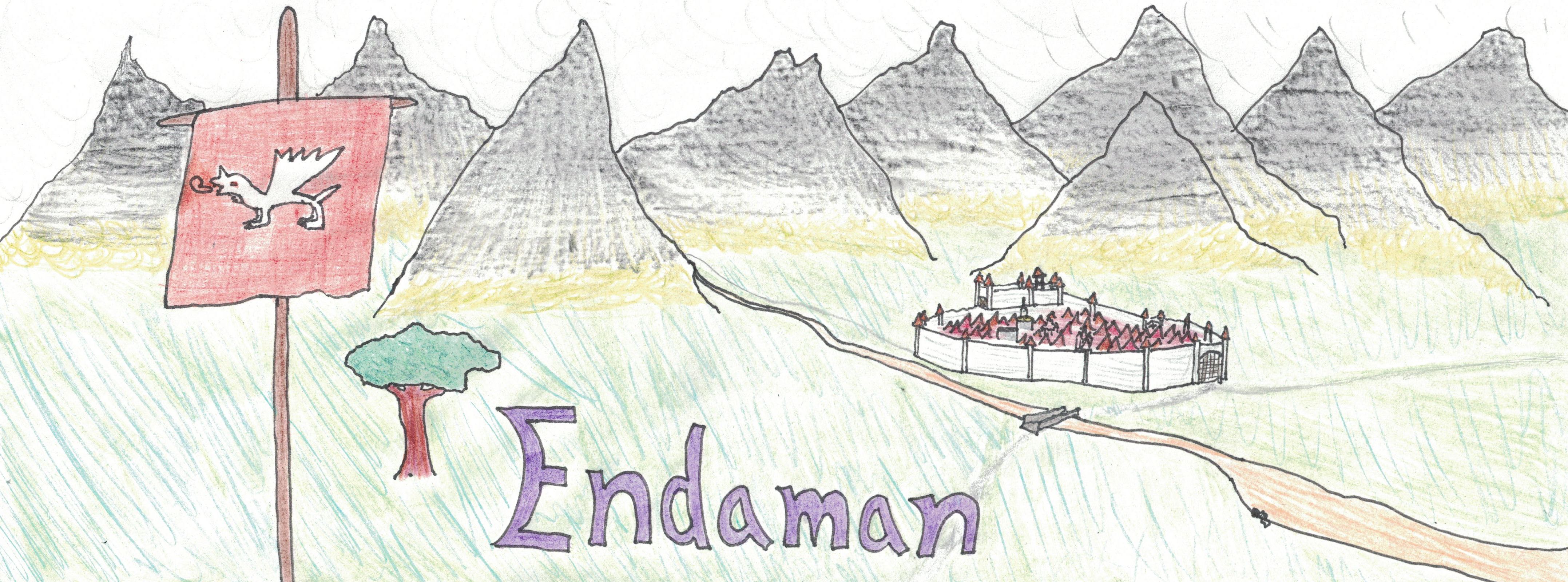Gratic
"As Kiral began to sculpt the peoples of the world from clay, He quickly understood that these peoples were of different colours of clay, with some being dark like wood, others light as cream, and everything in between. He then, in His wisdom, placed them separate from each other, with the darker-skinned people placed on the other side of the mountains from the lighter skinned ones.
As time passed and these people began to pray to their gods, only the lighter-skinned people would say the right names and make the right sacrifices. These people became Kiral's chosen people, and He spent much of His time among them, teaching them the various crafts that He knew."
~The Étak Writings, the Book of Etheric
Naming Traditions
Feminine names
Alana, Parelia, Kenti
Masculine names
Jonitan, Meti, Varen
Culture
Major language groups and dialects
All Gratic speak Common Gratic, but between members of their town or village they will use their local dialect.
Culture and cultural heritage
Gratic culture is deeply tied with the history of the Gratic Empire and their devotion to the Imperial Temple. They take some pride in the accomplishments of the Empire as well as pride in their local area or region.
Shared customary codes and values
The Gratic people are obsessed with tradition and castes, with social classes being closely defined by what job one's parents did and what occupation you perform. The lowest classes are the farmers, labourers and servants that help keep the Empire afloat, with merchants and tradespeople belonging to a growing middle class. The top of the social ladder is the Emperor and his councillors, with Magistrates and village priests holding special status as well.
The Gratic people are also incredibly proud of their military in most cases, with the prosperity of The Gratic Empire being thanks to the brave men who defend the Empire's borders and towns.
Common Etiquette rules
Common Dress code
Common Customs, traditions and rituals
Birth & Baptismal Rites
Children are often born at home, and the parents usually give the child a name within two days. Once the child has a name, they are required by law to report its birth to the local Magistrate's office so that the parents can be taxed properly. Within a week of the child's birth, they are brought to the local temple, where the priest brings them into the religion of the Four with a short ceremony.
Coming of Age Rites
The vast majority of Gratic men are drafted into the army for a year once they come of age at seventeen, although it is possible to skip the draft by performing other services for the imperial government, such as acting as a scribe or servant in a Magistrate 's household.
Funerary and Memorial customs
Gratic people hold Imperial Temple funerals.
Common Taboos
Common Myths and Legends
Children of various Gratic communities are taught the names of various heroes, as well as the stories from the Étak Writings.
Historical figures
Diverged ethnicities
Encompassed species
Related Organizations
Languages spoken
Related Locations
Remove these ads. Join the Worldbuilders Guild



Comments